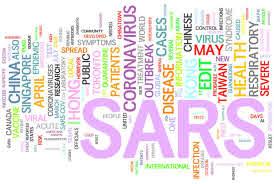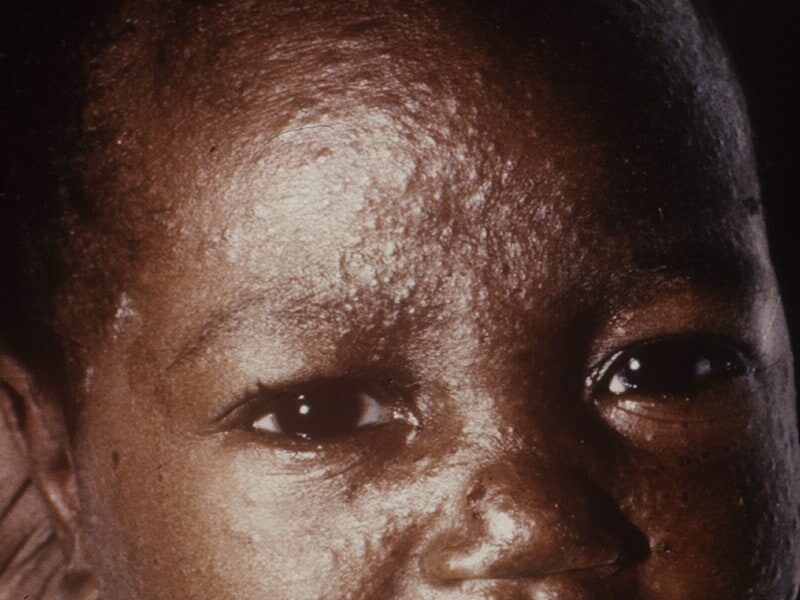SARS: Lessons from another deadly virus
The first case of the Severe Acute Respiratory Syndrome was reported in mid-December 2002 in Foshan, Guangdong Province. At the time, the World Health Organization described it as the first severe transmissible disease of the 21st century and its origin, symptoms, effects and treatment were hardly understood. Within a short period, SARS spread rapidly to densely populated areas in mainland China, Hong Kong, Hanoi in Vietnam, Singapore and Toronto, Canada.
Initially, there was a perception that China was unprepared to cope with a serious public health threat such as SARS. The virus was being spread from person to person, primarily from respiratory droplets produced when an infected person coughs or sneezes. As a result, schools, shops, restaurants and other public places were closed.
China’s handling of the SARS outbreak holds lessons for the Ebola epidemic in Africa. After some initial problems in handling the disease, China’s health ministry later made fighting SARS a priority.
The government instituted a centralized emergency response system led by the Beijing municipal government. The unified system significantly improved efficiency of data collection and communication among hospitals. Provincial governments were requested to ensure accuracy of information reported and timely implementation of detection, isolation, contact tracing and surveillance measures.
Some hospitals were designated exclusive centres for treating SARS patients. Other hospitals had isolated areas for suspected patients. Once a case was detected, quarantine and contact tracing were immediately instituted. Hospitals were directed not to turn away any SARS patients. Top Chinese scientists, epidemiologists and clinicians were recruited to study and treat the disease and to design educational materials for the general public.
The public had unrestricted access to SARS-related information, which helped reduce panic. SARS was categorized as a reportable disease, meaning that all provinces were obligated to report new infections and deaths with “no delay, cover-up or missing cases.” Health officials released timely and accurate information during televised press conferences. The government, medical experts and the media joined forces to educate the public on the symptoms of SARS, its preventive methods and reporting channels. Eventually, the battle against SARS was won.
By Bo Li, Courtesy of Africa Renewal
Stay with Sierra Express Media, for your trusted place in news!
© 2015, https:. All rights reserved.






